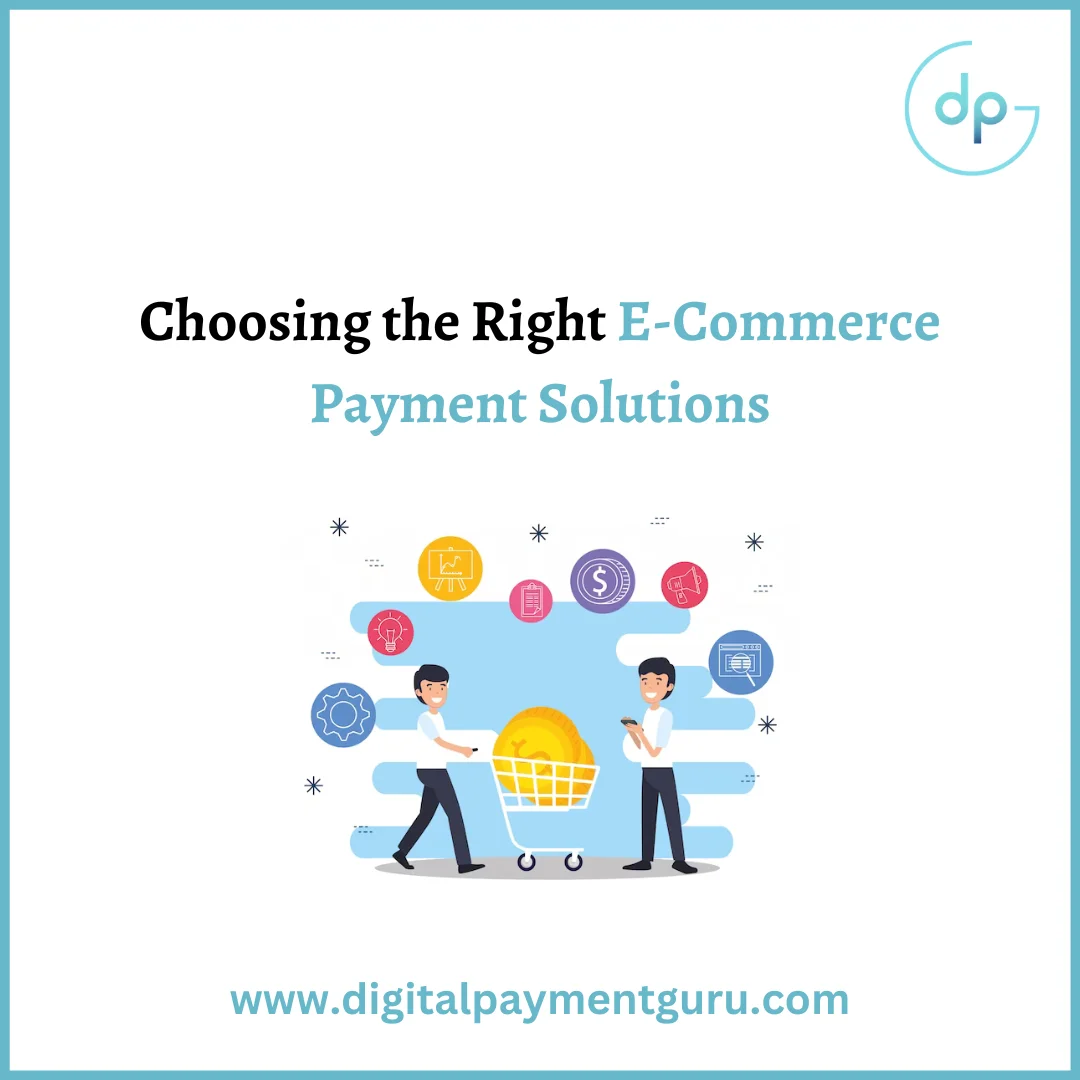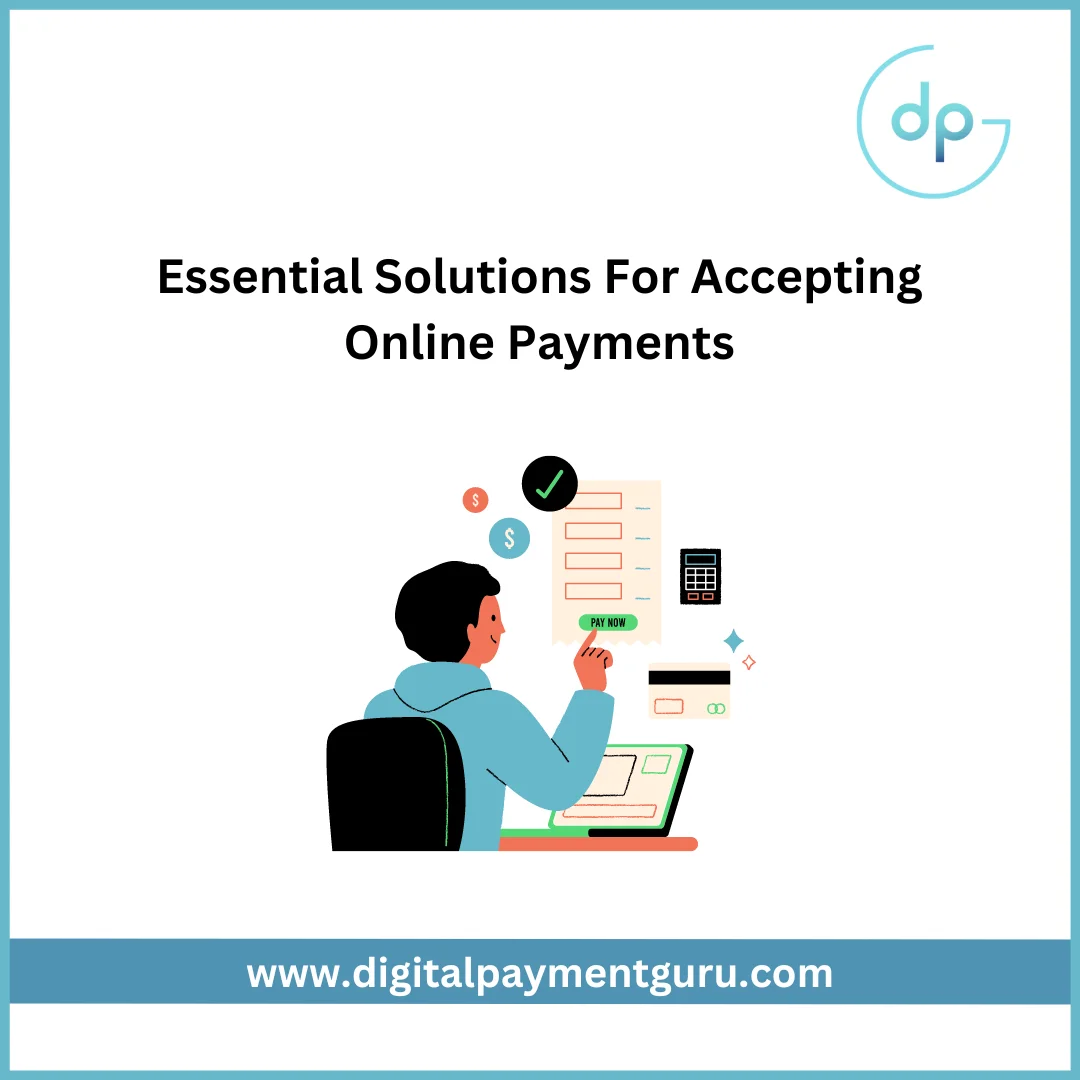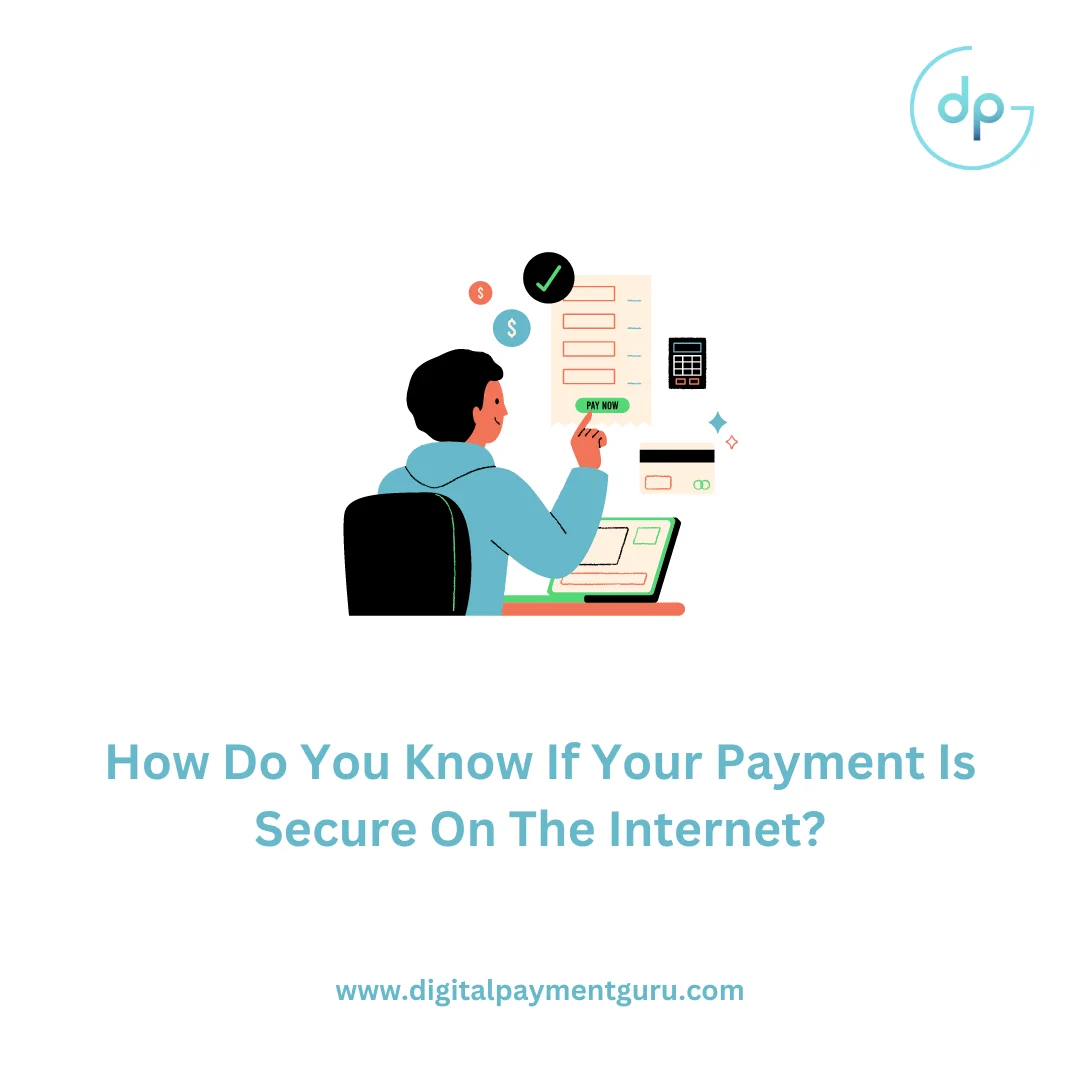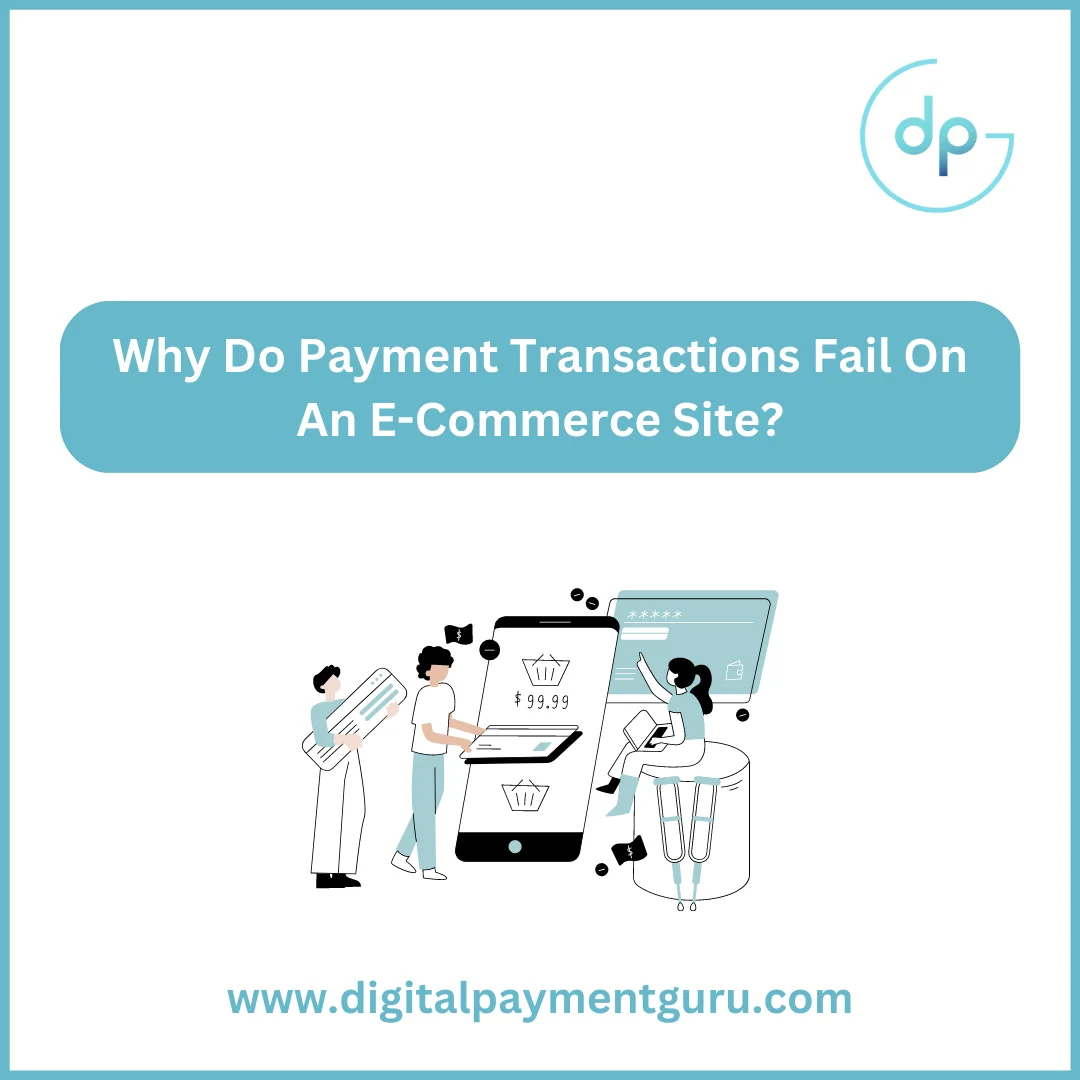Offering an online payment solution is essential to get started in e-commerce. This practical sheet explains the importance of choosing payment solutions for your online sales site and offers an indicative list of solutions marketed by payment service providers (PSP).
The health crisis has led to an unprecedented increase in online purchases. According to a recent study, during the lockdown, 88% of respondents bought online at least once during this period, and almost half (49%) regularly used e-commerce.
E-commerce acts as an economic shock absorber for companies. It allows SMEs and VSEs that have been able to adapt to limit the impact of the health crisis.
Deploy an online payment solution on its e-commerce site
If the e-commerce solutions of the major platforms or those made available by other players, such as banks or marketplaces natively offer payment solutions in integrated lines, companies that choose to sell on their site must do what is necessary to offer an online payment solution.
Payment service providers (PSP) provide turnkey payment solutions that allow a merchant site to accept online payments, usually by credit card. These pre-integrated and secure payment gateways can now easily be integrated into an e-commerce site.
This practical sheet explains why online payment is an essential feature of your online sales site. What are the many advantages it offers and presents the different types of players present in this market? For each of them, a list of solutions is proposed as an example
Online payment: a win-win solution
Offering online payment to your customers has as many advantages for the seller as for the buyer.
For professionals, online payment is a guarantee of security and efficiency.
It gives a modern and professional image. An online store associated with a personalized payment system is considered more serious compared to a system based on payment by bank transfer or check.
It facilitates your accounting management: automatic sending of invoices, and/or email notifications, and real-time information on payments save you time and reduce the risk of error.
It offers the ability to collect payments 24 hours a day, without the merchant needing to be present, unlike a physical payment.
It allows, thanks to the customization options offered, a successful integration into your online store to showcase your brand to your customers.
It serves your marketing strategy, for example by allowing you to offer your customers payment facilities such as payment in installments at no additional cost.
It secures transactions. Online payment is indeed more reliable and secure than payments in cash or by check), in particular thanks to the 3D Secure security system. Used by many online shops, this security protocol makes it possible to prevent fraud, by sending a code when carrying out a transaction to ensure that the card is used correctly. by its true owner.
For the customer, online payment also offers real advantages, particularly in terms of guarantees.
First safety. His banking information remains confidential. The seller does not have direct access to it. In the event of an anomaly, for example, if an abnormal sample is taken, the customer is immediately notified.
Then, he benefits from guarantees in the event of disputes, such as being able to benefit from an advantageous refund policy if a purchased product proves to be defective, undelivered, or if it does not correspond to the quality promised by the seller.
A secure online payment service can therefore help to create a feeling of trust between customer and seller, conducive to establishing a good, safe, and qualitative brand image.
Tips for choosing and installing your online payment solution
When choosing your online payment solution, it is important to pay attention to the following points:
Ask your provider if the payment page is customizable. It is preferable to have a payment page in your company’s colors rather than a payment page with a different graphic chart.
Make sure that the chosen payment service provider will credit your account in less than 48 hours. Some service providers set a minimum amount of sums received before making a payment, others define a fixed frequency or only release the funds after a period of 7 to 45 days… Too long payment periods can create cash flow problems.
Choose a payment solution offering the possibility of creating a customizable bank wording. This will allow you to use your merchant site name and avoid any misunderstanding for the buyer, who could have the impression of being debited by another company. This is an important point in the trust that the merchant must establish with his customer.
Pay attention to the hidden costs of certain payment solutions, for example, the minimum billing, the billing of unfinished transactions, and the paid options…
A payment management back office will allow you to have full access to all your transactions, statistical and reporting tools as well as a financial reconciliation tool. Without the latter, often offered by banking PSPs, this repetitive and non-value-added task can be a nightmare for your accounts.
Take an interest in after-sales service (SAV). Choose a service provider with whom you will have a dedicated technical contact who can assist you in setting up and then optimizing the means of payment for your site.









